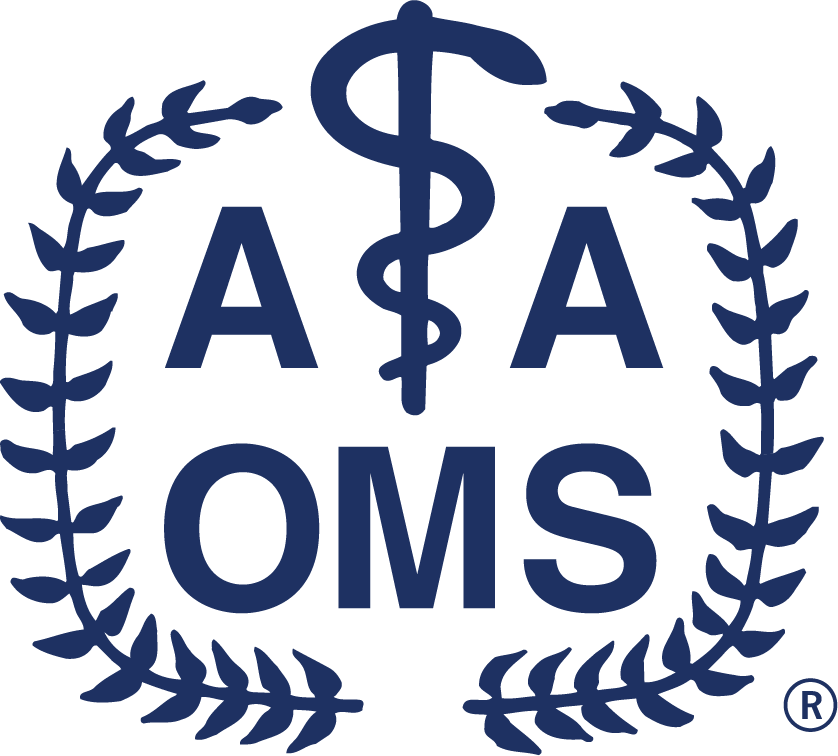

-
The AAOMS Coding for Implants and Bone Grafts course is designed for OMSs and their professional staff to implement correct coding initiatives for reporting bone grafts and implants and apply these guidelines to real-life coding scenarios. This course will review processes for verifying coverage with payers, discuss stages of the digital workflow, provide coding tips using both CDT and CPT code sets and apply appropriate coding guidelines for procedures relating to bone grafting and implants. Code: BG25
-
You must log in to register
- Member - $200
- Resident Member - $75
- Allied Staff Member - $200
- Professional Staff Nonmember - $275
- Other Nonmember - $275
- More Information
-
You must log in to register
-
Dynamic navigation has emerged as an accurate, precise and efficient technique for dental implant placement. In complex ‘all-on’ cases, traditional chairside analog pick up for provisional fabrication can consume up to half the clinical time. However, recent advancements in dynamic navigation systems now allow OMSs to plan implant positions and place implants as well as capture highly accurate impressions using dynamic photogrammetry. This technology enables the seamless delivery of digitally printed or milled provisional and final restoration – eliminating the need for conventional chairside analog pickups. With these innovations, clinicians can now achieve a fully digital, streamlined workflow from planning to final impression. Code: WCE251118R
-
You must log in to register
- Member - $50
- Resident Member - Free!
- Allied Staff Member - $50
- Professional Staff Nonmember - $100
- Other Nonmember - $100
- More Information
-
You must log in to register
-
Allogenic bone grafting has become a reliable and well-established method for reconstructing the maxilla and mandible for dental implant placement– eliminating the morbidity associated with donor sites. This 60-minute webinar will examine the science of dental osseointegration and use the allogenic bone grafts for dental implants. The presentation will include a review of surgical management and techniques aimed at maximizing patient outcomes. Participants will gain practical knowledge to navigate complex cases. Code: WCE251111R
-
You must log in to register
- Member - $50
- Resident Member - Free!
- Allied Staff Member - $50
- Professional Staff Nonmember - $100
- Other Nonmember - $100
- More Information
-
You must log in to register
-
Dentoalveolar procedures are among the most common procedures performed by oral and maxillofacial surgeons. OMSs should be well-versed in the potential complications associated with these procedures, many of which can be avoided, and know how to address them effectively. Important factors in the prevention and management of dentoalveolar complications include a thorough history and physical examination of the patient, comprehensive surgical skills and knowledge of head and neck anatomy. This 60-minute webinar will review the published literature on dentoalveolar complications and discuss the prevention and treatment of these complications, including alveolar osteitis; displacement of tooth, root, implant or instrument; fracture of the jaw; hemorrhage; nerve injury; non-healing wounds; trismus and edema; and oroantral communication. Code: WCE250813R
-
You must log in to register
- Member - $50
- Resident Member - Free!
- Allied Staff Member - $50
- Professional Staff Nonmember - $100
- Other Nonmember - $100
- More Information
-
You must log in to register
-
This 60-minute webinar will discuss the importance of taking an effective pain-driven history, completing a comprehensive examination and maintaining a broad differential diagnosis when patients present with pain. It also will offer practical tips to help the clinician distinguish cervical, myogenous and intra-articular pain and dysfunction (IPD) and discuss in detail evidence-based guidelines for the management of IPD. Code: WCE250716R
-
You must log in to register
- Member - $50
- Resident Member - Free!
- Allied Staff Member - $50
- Professional Staff Nonmember - $100
- Other Nonmember - $100
- More Information
-
You must log in to register
-
This 60-minute webinar will cover Enhanced Recovery After Surgery (ERAS) protocols, including multimodal approaches to facilitate recovery in the preoperative, intraoperative and postoperative periods. Attendees will learn about the history of ERAS protocol developments in surgery, why ERAS pathways are utilized and ERAS’s goals. Evidence-based ERAS literature in feminine and masculine faces will be discussed, in addition to interventions that can be implemented in all steps of the surgical process to enhance recovery. Code: WCE250527R
-
You must log in to register
- Member - $50
- Resident Member - Free!
- Allied Staff Member - $50
- Professional Staff Nonmember - $100
- Other Nonmember - $100
- More Information
-
You must log in to register
-
This 60-minute webinar will focus on the role of orthognathic surgery in facial gender affirmation. Because orthognathic surgery at its core is based on gender norms, it can be considered a type of gender confirmation surgery for all patients. In transgender patients, the use of orthognathic surgery to sculpt more masculine or feminine facial features requires an understanding of specific surgical nuances and techniques. Attendees will learn about these orthognathic surgery techniques that enhance masculine and feminine facial features. Code: WCE250520R
-
You must log in to register
- Member - $50
- Resident Member - Free!
- Allied Staff Member - $50
- Professional Staff Nonmember - $100
- Other Nonmember - $100
- More Information
-
You must log in to register
-
Gone are the days of a one-size-fits-all approach to NPO recommendations prior to an office-based This complimentary 60-minute webinar – presented jointly by AAOMS and the Intersocietal Accreditation Commission – will discuss the increased use of cone-beam computed tomography (CBCT) in dentistry that has resulted in a higher incidence of unanticipated radiographic findings. While some of these findings are significant and require intervention, others can be safely monitored or simply recognized as anatomical variations. This webinar will provide a practical framework for OMSs to confidently evaluate, classify and manage incidental findings identified on CBCT scans. Through case-based examples, participants will learn to rapidly triage incidental findings to identify pathoses and differentiate them from anatomic variants. Attendees also will review clinical decision-making strategies to effectively document and manage incidental findings. Code: WCE250429R
-
You must log in to register
- Member - Free!
- Resident Member - Free!
- Allied Staff Member - Free!
- Professional Staff Nonmember - Free!
- Other Nonmember - Free!
- More Information
-
You must log in to register
-
Emergency drills are one of the best ways to prepare to manage any unexpected or unusual emergencies. This 60-minute webinar will provide practical tips on how to create and incorporate a routine for mock drills into the busy OMS practice. Additionally, the session will explain how to get staff on board to create a team environment for managing emergencies. Code: WCE250320R
-
You must log in to register
- Member - $50
- Resident Member - Free!
- Allied Staff Member - $50
- Professional Staff Nonmember - $100
- Other Nonmember - $100
- More Information
-
You must log in to register
-
Gone are the days of a one-size-fits-all approach to NPO recommendations prior to an office-based anesthetic. Recent advances in the literature indicate that prolonged fasting windows can have harmful effects on both adults and children. Additionally, the rise in use of GLP-1 receptor agonists for diabetes, weight loss or any number of forthcoming FDA-approved uses can result in delayed gastric emptying and increased residual gastric contents regardless of the length of the NPO window. This 60-minute webinar will cover NPO recommendations, medication management and anesthesia treatment planning with the intent to safely decrease the risk of regurgitation and aspiration during office-based anesthetic procedures. Code: WCE250313R
-
You must log in to register
- Member - $50
- Resident Member - Free!
- Allied Staff Member - $50
- Professional Staff Nonmember - $100
- Other Nonmember - $100
- More Information
-
You must log in to register
| Access Date | Quiz Result | Score | Actions |
|---|
Featured Courses
Check out the new featured courses!
Special CE Online Discounts
Enjoy new CE Online offerings by visiting our Special CE Online Discounts page!
Medication Access and Training Expansion (MATE) Act
Visit CEonline.AAOMS.org/MATEAct for a list of AAOMS’s current CE online offerings that appear to count toward the eight hours required by the MATE Act. For a limited time, these courses are offered complimentary to AAOMS Members.


